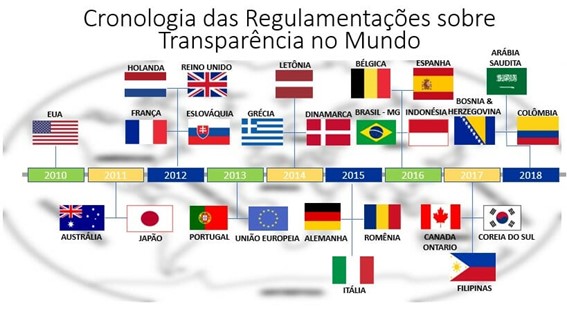
Potential conflicts of interest in the interaction between the pharmaceutical industry and health professionals, especially physicians, has always been questioned.
Unlike other markets, in which companies sell their products directly to consumers, in the pharmaceutical market, although intended to provide medication to patients, such medication is indicated by physicians through their prescriptions.
Thus, we need to consider the extent to which transfers of value from the industry to physicians may characterize undue influence, resulting in increasing prescriptions by professionals favoring one company and not solely considering the best treatment for their patient.
It is important to point out that, with the invention of novel drugs and the proliferation of pharmaceutical industries, especially manufacturers of generic and similar drugs, there is now a wide arsenal of drugs available to physicians, the efficacy and safety standards of which are very similar. Thus, their choice may fall on several alternatives.
The above-mentioned transfers of value can be remuneration for services provided by health professionals as well as payments for airline tickets, hotel rates, meals, congress registrations, preceptorship (when the health professional is referred to a health institution with the purpose of receiving specific training for a specified term) etc.
Aware of such fact, the United States took the lead by passing a law in 2010 called the Physician Payments Sunshine Act with the purpose of requiring pharmaceutical companies to annually report to the US government all transfers of value to health professionals and teaching hospitals. This disclosure of transfers of value to healthcare professionals is also called “transparency”.
The object here is to inform citizens which health professionals or teaching hospitals have received from pharmaceutical industries and how much.
This kickoff of US legislation was followed by other countries, as shown in the image below:
It is important to point out that most countries have established “transparency” norms through self-regulation instead of laws. This was the case in the European Union in 2013, when the European Federation of Pharmaceutical Industries and Associations (EFPIA) released its Disclosure Code requiring its members to disclose payments to healthcare professionals, so as to publish them on a specific home page for such purpose.
Thus, out of the above-mentioned countries, there are those with rules on law-based “transparency” and those with self-regulation-based rules:
In Brazil, the initiative was taken by the state of Minas Gerais, which has approved two state laws determining the disclosure of transfers of value to health professionals and also the ones resulting from sponsorship of scientific events, in order for the State Health Department of Minas Gerais to annually display such transfers on a specific home page and to inform citizens on potential conflicts of interest:
- State of Minas Gerais Transparency Law – Health Professionals (Law #22440/2016).
- State of Minas Gerais Transparency Law – Sponsorships (Law #22.921/2018).
There are still four bills (#7990/17, #11050/18, #11177/18 and #204/19) pending in the Brazilian Congress which intend to extend this obligation throughout Brazil.
Finally, it is worth noting that the United States has once again innovated regarding this topic by establishing norms for the transparency of drug prices, which will be the subject of a new article coming soon.

